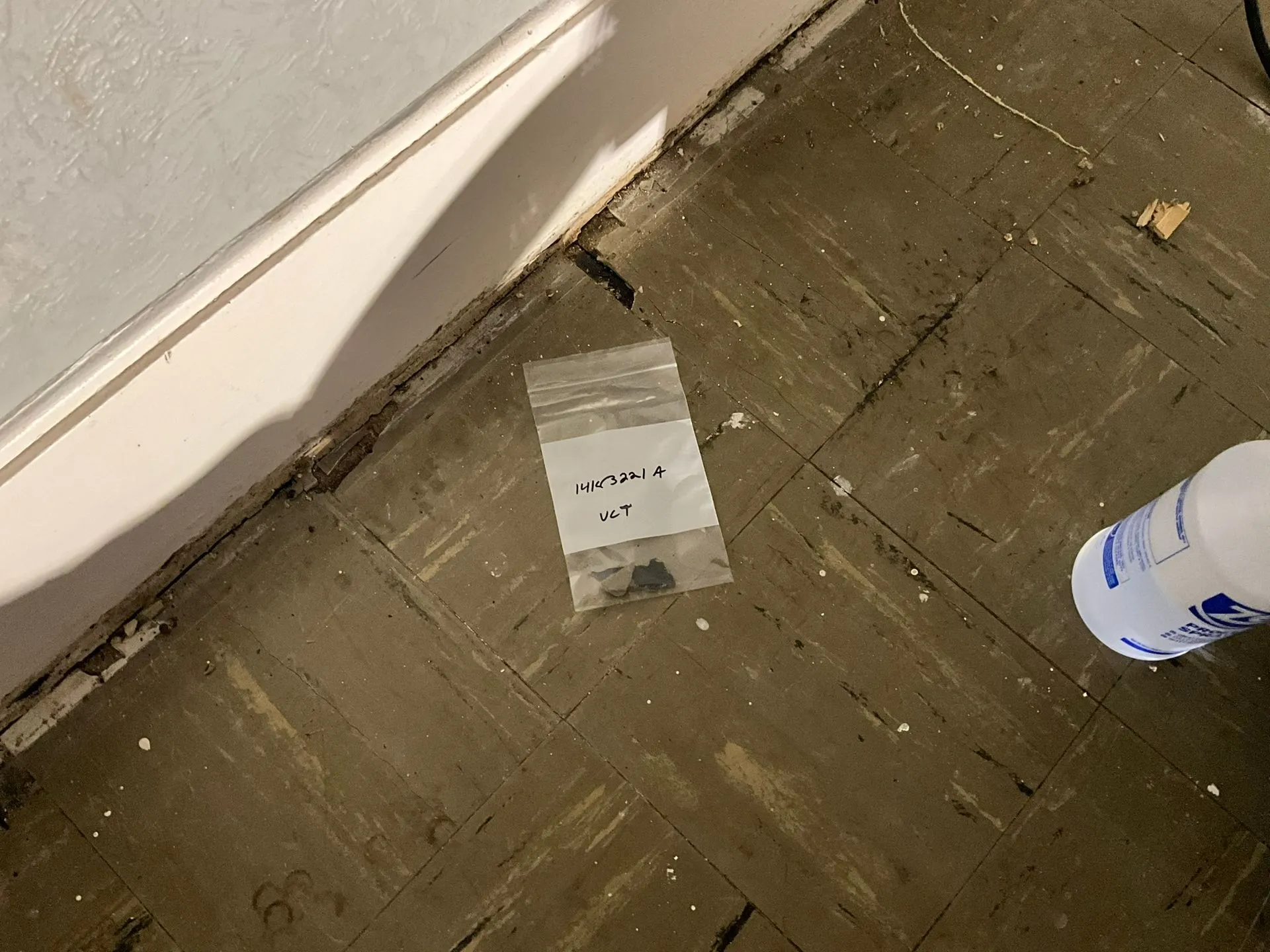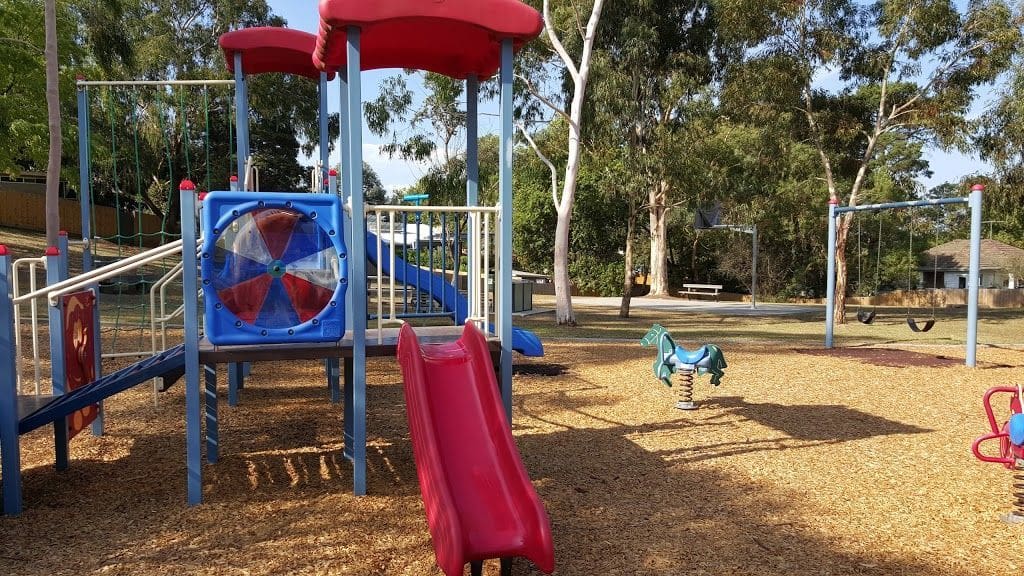Understanding the Asbestos NESHAP: Safeguarding Health through Regulation

Asbestos, once praised for its versatility and durability, is now recognized as a serious health hazard. The Environmental Protection Agency (EPA) has taken significant steps to mitigate its risks through the Asbestos National Emission Standards for Hazardous Air Pollutants (NESHAP). This regulation plays a crucial role in protecting public health by controlling asbestos emissions and ensuring safe handling practices.
The Need for Asbestos Regulation
Asbestos poses serious health risks, with exposure linked to diseases like lung cancer, mesothelioma, and asbestosis. Recognizing these dangers, the Clean Air Act empowered the EPA to establish regulations to minimize asbestos exposure. This landmark legislation, passed in 1963 and significantly amended in 1970, aimed to control air pollution on a national level and protect public health from hazardous air pollutants, including asbestos.
Under Section 112 of the Clean Air Act, the EPA developed the NESHAP program to regulate hazardous air pollutants. The Asbestos NESHAP specifically targets the control of asbestos emissions during activities such as demolition, renovation, and manufacturing. These regulations are crucial in preventing asbestos fibers from becoming airborne and posing a threat to workers and the public.
Evolution of the Asbestos NESHAP
Asbestos was one of the first hazardous air pollutants addressed under the NESHAP program. Initially identified as a hazardous pollutant in 1971, the Asbestos NESHAP was officially established in 1973. This regulation marked a significant step in controlling asbestos emissions and protecting public health. The early rules focused on minimizing the release of asbestos fibers during demolition, renovation, and manufacturing activities.
Over the years, the Asbestos NESHAP has undergone several amendments to enhance its effectiveness. A comprehensive overhaul in November 1990 introduced stricter controls and expanded the scope of the regulation. Subsequent amendments in 1995 refined the rule further, ensuring better alignment with other environmental regulations and improving compliance measures. These updates have strengthened the regulation, making it more robust in safeguarding against asbestos exposure.
Scope of Asbestos NESHAP Regulation
The Asbestos NESHAP covers a wide range of activities to control asbestos emissions and protect public health. This regulation primarily focuses on minimizing the release of asbestos fibers during demolition, renovation, and manufacturing processes. It applies to various structures, including institutional, commercial, and industrial buildings, as well as large-scale residential demolitions involving more than four dwelling units.
Demolition and Renovation Protocols
The regulation mandates thorough inspections of buildings for asbestos-containing materials before any demolition or renovation work begins. This ensures that any asbestos present is identified and properly managed. Additionally, the Asbestos NESHAP sets specific work practices to control asbestos emissions, such as wetting asbestos-containing materials to prevent fibers from becoming airborne, sealing them securely, and using proper disposal methods.
The Asbestos NESHAP also requires notification of relevant authorities before starting any demolition or renovation project involving asbestos. This notification process helps ensure that all necessary precautions are taken, and that regulatory compliance is maintained throughout the project. By encompassing these various scenarios and enforcing strict protocols, the Asbestos NESHAP plays a crucial role in safeguarding workers and the public from asbestos exposure.
Training and Compliance
Compliance with the Asbestos NESHAP requires trained personnel to be onsite to oversee operations. These individuals play a critical role in ensuring that all asbestos-related activities are conducted safely and in accordance with regulatory standards. Trained personnel are responsible for identifying asbestos-containing materials, implementing proper work practices, and monitoring the site to prevent asbestos fiber release. Their presence helps ensure that all safety protocols are followed, reducing the risk of exposure for workers and the public.
The training for these personnel is comprehensive and ongoing. They must complete initial training courses that cover the identification of asbestos, health risks associated with exposure, and safe handling practices. Additionally, they receive instruction on regulatory requirements, proper use of personal protective equipment (PPE), and emergency response procedures. Regular refresher courses are also mandatory to keep them updated on the latest regulations and best practices. This rigorous training ensures that onsite personnel are well-equipped to manage asbestos safely and effectively, maintaining compliance with the Asbestos NESHAP.
Asbestos Waste Disposal and Transportation
Proper disposal of asbestos-containing waste is crucial to prevent environmental contamination and protect public health. The Asbestos NESHAP mandates that asbestos waste be sealed securely in leak-tight containers to prevent fibers from escaping. These containers must be clearly marked to indicate the presence of asbestos. Once sealed, the waste must be transported to designated landfills equipped to handle asbestos. During transportation, it is essential to follow strict protocols to ensure that the containers remain intact and that no asbestos fibers are released into the environment.
Labeling and record-keeping requirements are vital components of the Asbestos NESHAP to ensure accountability and traceability throughout the disposal process. Each container of asbestos waste must be labeled with specific information, including the name of the waste generator, the location where the waste was generated, and a warning about the asbestos content. Detailed records must be maintained, documenting the quantity of asbestos waste, the date of disposal, and the landfill where the waste was deposited. These records help regulatory agencies monitor compliance and ensure that asbestos waste is managed safely and responsibly.
NESHAP Applicability Determinations
Given the complexity of asbestos-related activities, questions often arise regarding the application of the NESHAP. The EPA addresses these queries through regional offices and, when necessary, at the national level. The Applicability Determination Index serves as a valuable resource for stakeholders seeking clarity on regulatory matters. This index provides detailed guidance on how the NESHAP regulations apply to specific situations, helping ensure that all parties comply with the standards and protect public health. It includes case-specific determinations that can help clarify how the rules should be interpreted and applied in various contexts.
NESHAP Applicability in South Carolina
In South Carolina, the Department of Health and Environmental Control (DHEC) oversees the implementation of the Asbestos NESHAP. The state has adopted the federal NESHAP standards and incorporated them into its own regulations. This means that any demolition, renovation, or other activities involving asbestos in South Carolina must comply with both federal and state requirements. The DHEC provides guidance and support to ensure that all asbestos-related activities are conducted safely and in accordance with the law. They also offer resources and training to help businesses and contractors understand their obligations under the NESHAP.
NESHEP Applicability in Georgia
In Georgia, the Environmental Protection Division (EPD) is responsible for enforcing the Asbestos NESHAP. The state has also adopted the federal NESHAP standards, which are incorporated into Georgia’s air quality control regulations. This includes specific requirements for asbestos inspections, notifications, and work practices during demolition and renovation projects. The Georgia EPD requires that all asbestos-containing materials be properly identified, handled, and disposed of to prevent environmental contamination and protect public health. They provide detailed guidelines and resources to help ensure compliance with the NESHAP and support safe asbestos management practice.
Conclusion
The Asbestos NESHAP stands as a critical safeguard against the health hazards posed by asbestos exposure. Through stringent regulations, comprehensive oversight, and ongoing compliance efforts, the EPA endeavors to minimize asbestos-related risks and protect public health. Asbestos remains a formidable challenge, but with steadfast regulatory frameworks like the NESHAP in place, strides are made toward a safer, asbestos-free future.
EnviroPro 360, as trained asbestos inspectors, can help ensure your projects comply with NESHAP regulations. Our team of experts provides thorough asbestos inspections, accurate detection, and detailed reporting to help you meet all regulatory requirements. Serving Columbia, SC, and Augusta, GA, we offer the expertise and support needed to navigate the complexities of asbestos management. With EnviroPro 360, you can confidently manage asbestos risks and protect the health and safety of your workers and the public.


